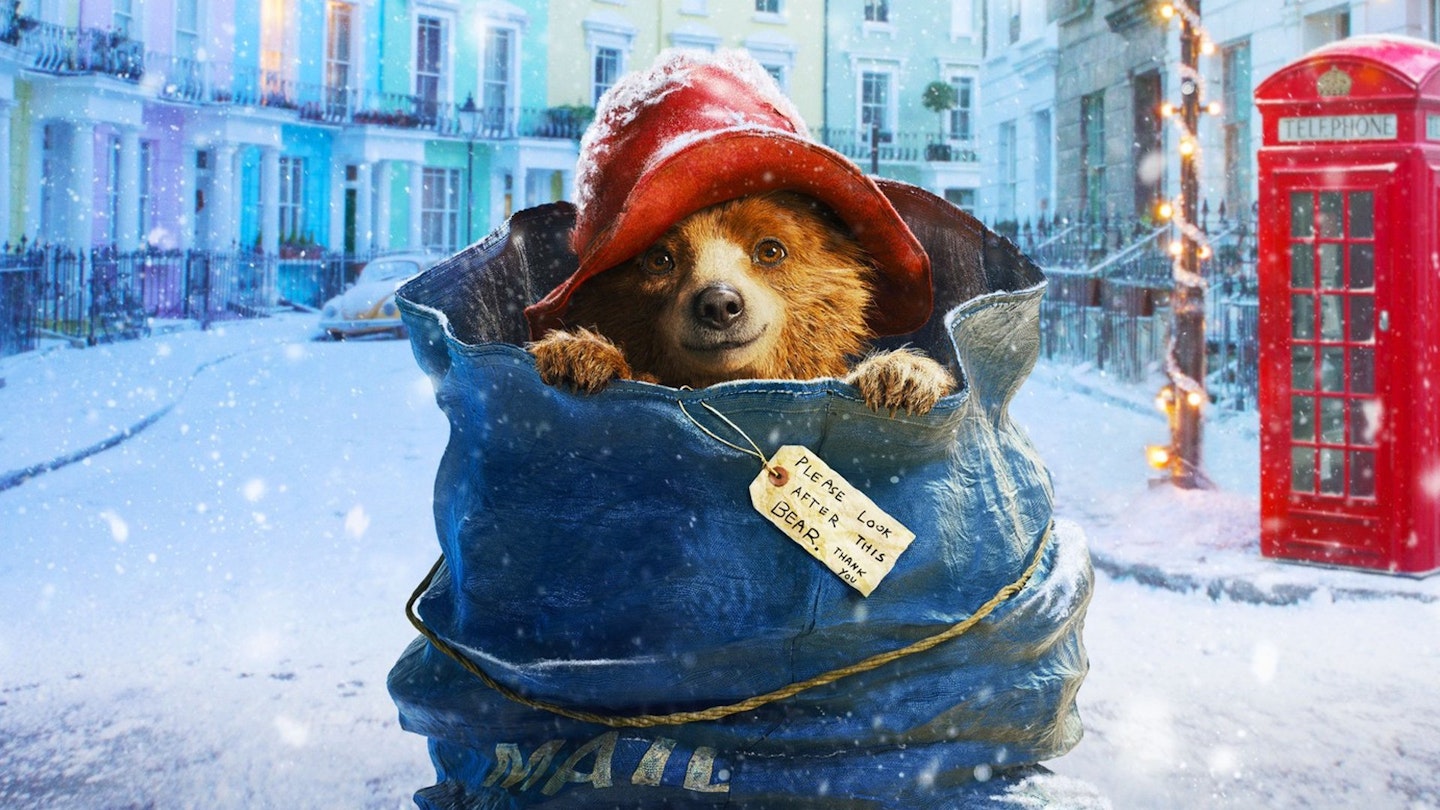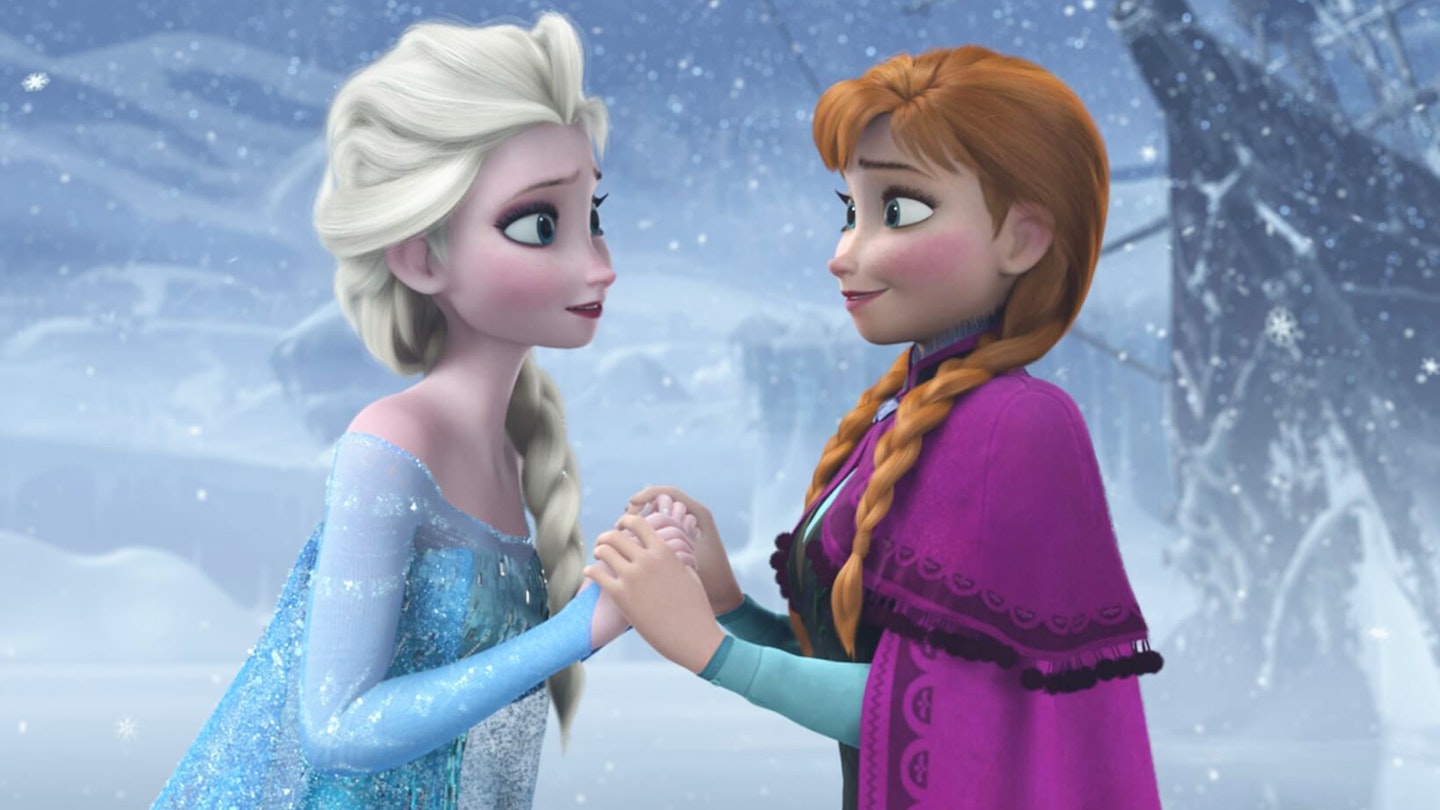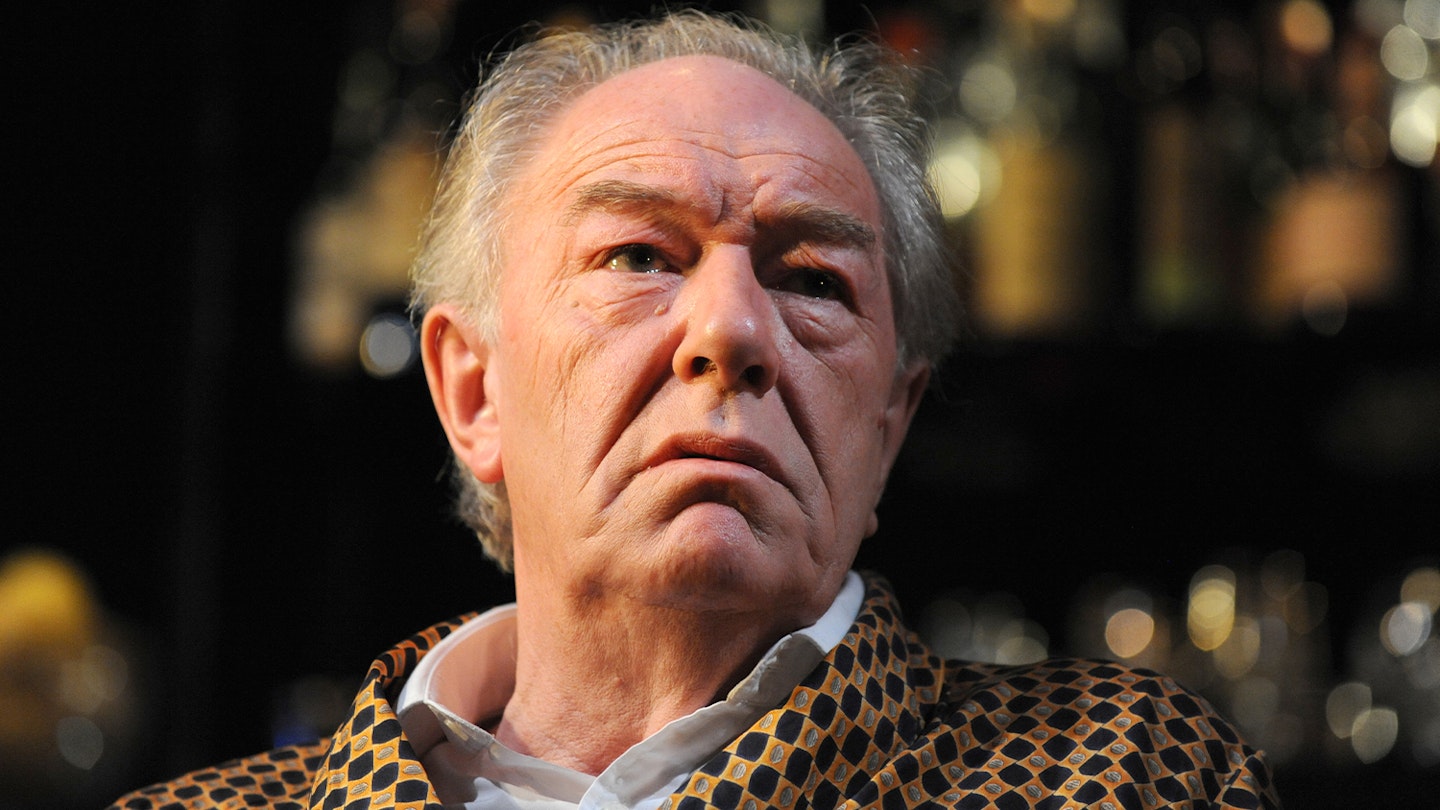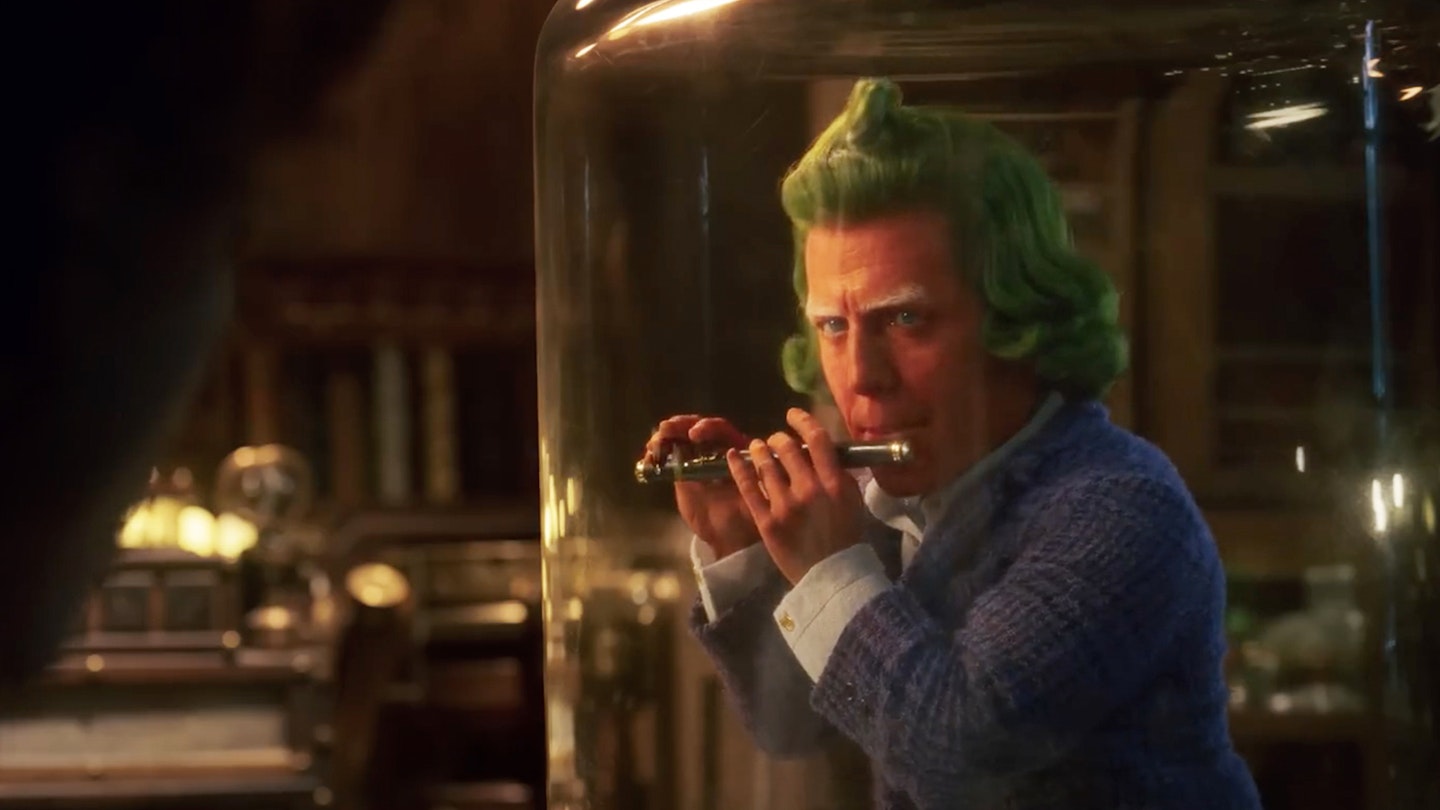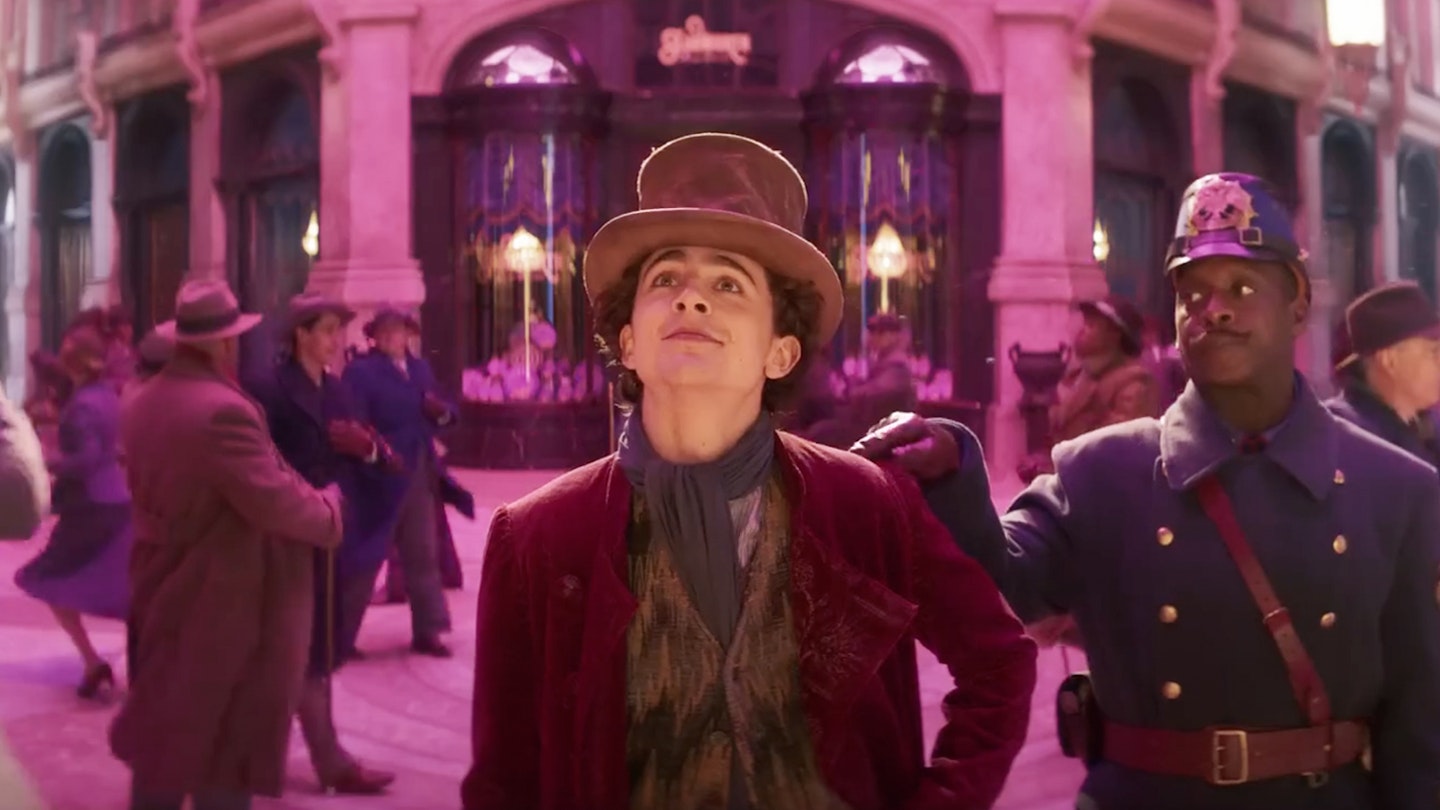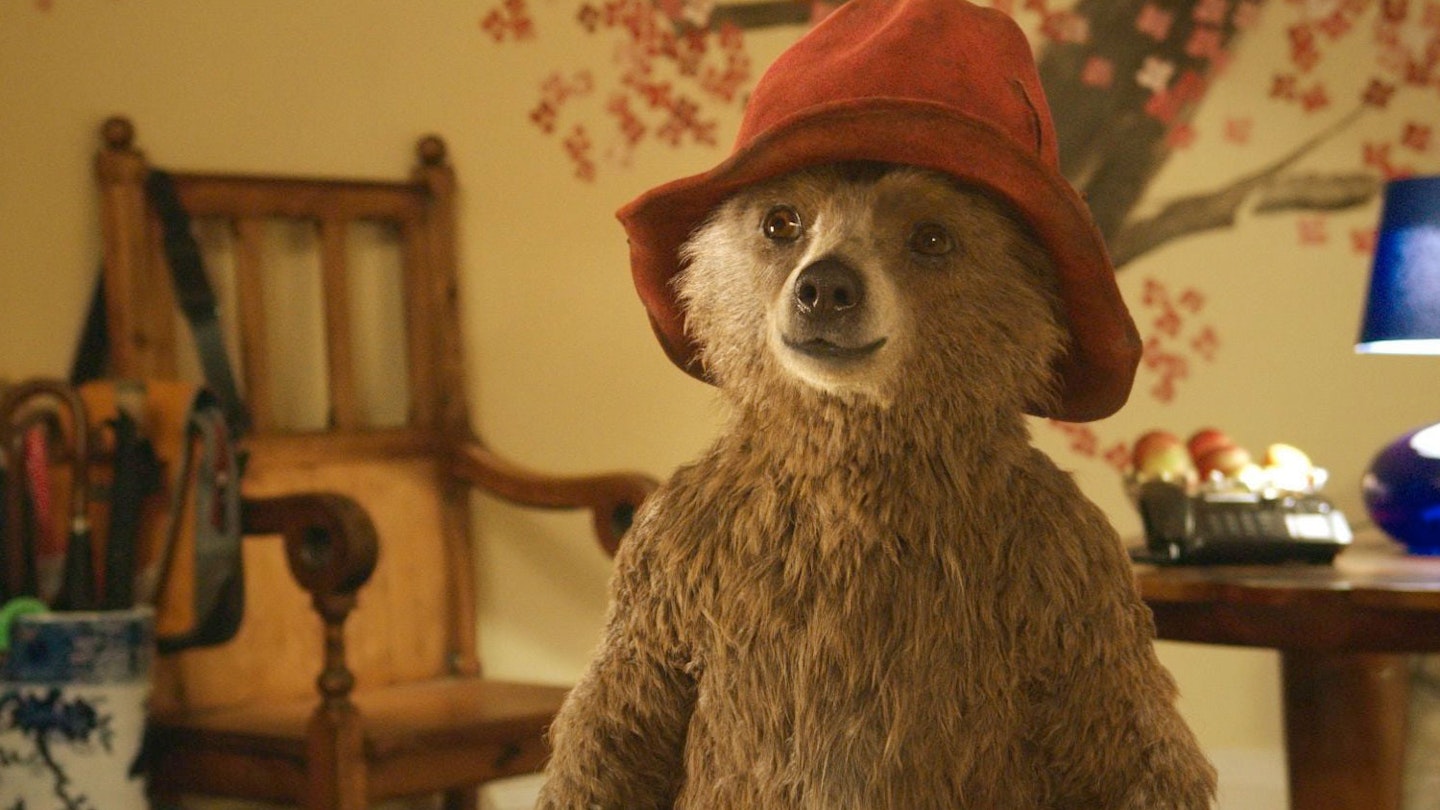Following hot on the hairy heels of a PG certificate that put the fur in furore and, in #creepypaddington, the year’s most unfortunate meme, you might have been forgiven for thinking that the big-screen debut of Michael Bond’s beloved bear, Paddington, was set to corrupt the minds of a nation. Far from it. An exceedingly family-friendly film about an exceedingly friendly family, Paul King’s movie is exceedingly family-friendly, as well as a Pixar-level delight that’s whimsical quirkily British, and one of the year’s most pleasant surprises.
From the off, it’s clear that we’re in safe hands with King, here making only his second movie five years after his first, Bunny And The Bull. That belied its micro-budget to boast a level of visual invention and wit honed on the likes of The Mighty Boosh, and which is evident within seconds of the prologue, a jaunty and very funny Pathé newsreel-style showing how a stiff-upper-lipped explorer (Tim Downie, whose magnificent ‘tache graces the big screen just in time to win Movember) heads to Darkest Peru and encounters a rare form of bear.
Having successfully taught them how to speak the Queen’s English and introduced them to the joy of marmalade, we jump forward in time, from grainy B&W to glorious technicolour, and meet the eponymous star of the show. A bouncing ball of fur, brought memorably to life by a combination of Framestore’s excellent CG and Ben Whishaw’s excellent, epitome-of-innocence vocal performance, lives in bliss with his Uncle Pastuzo and Aunt Lucy (Michael Gambon and Imelda Staunton), bounding around the jungle and mainlining marmalade sandwiches like crack.
All is calm, until a sudden earthquake - in a sequence that conjures memories of Bambi, and which may have prompted those bear-hating barstewards at the BBFC to upgrade it from a U - puts the dark in darkest Peru, and forces our bereaved hero to head to London. It’s a city he’s heard of only on the explorer’s wax cylinders, and in his dreams it’s a city where the streets are paved with hugs, and where he’s confident that the kindness of strangers will soon see him safely installed in a warm, loving home.
But Bond (who cameos briefly, lifting a glass of red wine to his creation) first wrote his long-running series in 1958, with the memory of World War II and its mass relocation of children from their families to new homes in the country, still burning bright. It was, obviously, a very different time, and a very different London, and King immediately nails the way things have changed as our ever-so-polite hero rocks up at – yes! - Paddington station, and is roundly ignored by cold-eyed commuters too wrapped up in themselves to notice that there’s a talking bear in their midst.
Soon, though, our bear meets, intrigues and wins over a passing family, the Browns, in a lovely scene that further showcases King’s gorgeous visual wit (watch the Lost & Found sign) and ability to move the audience with just a few gentle flourishes. Quickly given his English name by Sally Hawkins’ kindly Mrs Brown, the Browns take Paddington (thank God he didn’t disembark at Hornchurch) in for a night, just long enough for their new houseguest to both wreak havoc and intrigue them with tales of the long-lost explorer.
Thus the stage is set for a boundlessly inventive film that’s part-origin tale, as Paddington slowly gathers the accoutrements of his costume in a manner that recalls Clint Eastwood in The Good, The Bad And The Ugly, and part-fizzily inventive adventure as Paddington tries to track down the explorer, while gradually bringing out the best in the Browns. In particular, Hugh Bonneville is enormously enjoyable as Mr. Brown, a risk analyst who gradually thaws from uptight starched shirt to devil-may-care dashing hero, ready to - in the film’s funniest scene, and almost certainly the one that should have bagged it an 18 certificate - infiltrate a shadowy organisation’s HQ by donning drag and flirting haplessly with Simon Farnaby’s gloriously sleazy security guard.
Farnaby, who was the Bunny in Bunny And The Bull, is just one of King’s many former subjects who crop up in small roles, including Alice Lowe and Steve Oram; an indication that King’s sensibilities remain intact despite the step up to a much larger budget and a much bigger canvas. It’s to producer David Heyman’s credit that he appears to have let his director, a lifelong Paddington fan, do his thing, crafting a beguiling concoction of magical realism (it’s a world where the presence of a talking bear is not weird in the slightest), slightly surreal storybook visuals (a painted tree in the Brown’s home sheds and gains leaves according to plot turns) and a sense of wonder, reflected in Paddington’s big brown eyes, that make you wish that King could have been let loose on Heyman’s previous concern, the Harry Potter movies.
It’s also a love letter to London itself. Of course, there’s the usual ticking-off of picture postcard locations, from the London Eye to the Buckingham Palace, and a stream of gags about cabbies, the tube and the mundanity of modern life. But there’s also a genuine affection for the city, or at least the idea of what it could be. It’s a place, Paddington muses, where anyone can fit in because everyone’s different; a great big melting pot of cultures and creeds. And while the film is more concerned with making you laugh and cry than scoring political points, it’s hard not to see how a film in which a lovable immigrant comes to the UK and blends right in might go down in certain quarters; not least because the villain of the piece, Nicole Kidman’s ice-cool Hitchcock Blonde of a taxidermist, essentially comes on like Nigel Farage in fuck-me boots.
Luckily, though, the film *is *more concerned with making us laugh and cry; something it achieves with aplomb. Consistently funny, surprising and with a heart as big as its hero’s appetite, it deserves to be the start of a new franchise, and can proudly go paw-to-paw alongside the cream of the kids’ movie crop. Bring your inner child.
